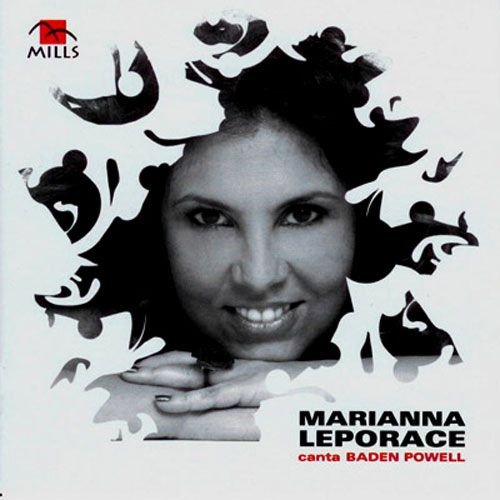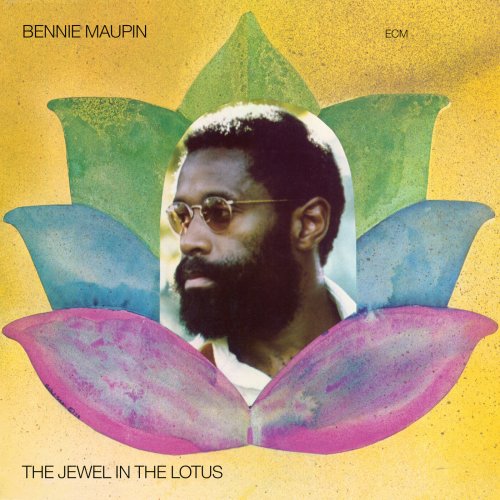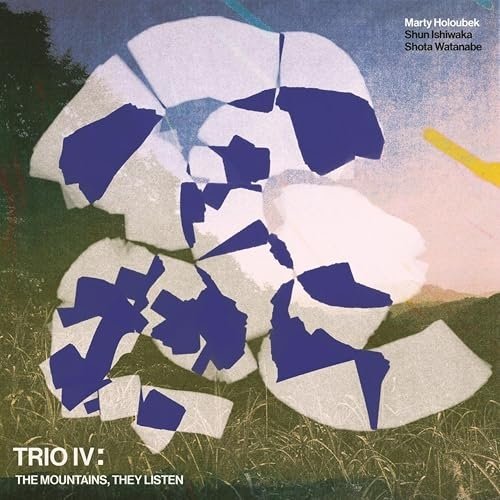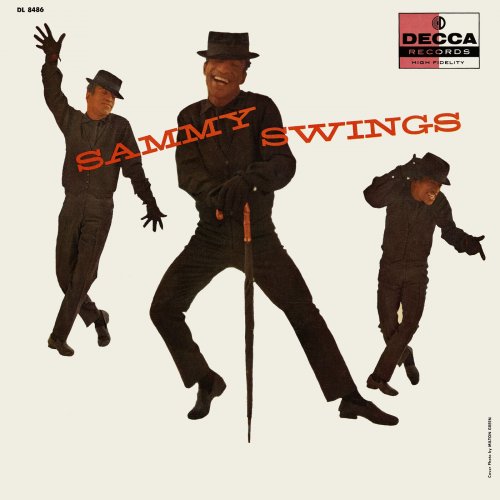Dejan Lazić - Brahms: Piano Concerto after Violin Concerto op. 77 (2010)
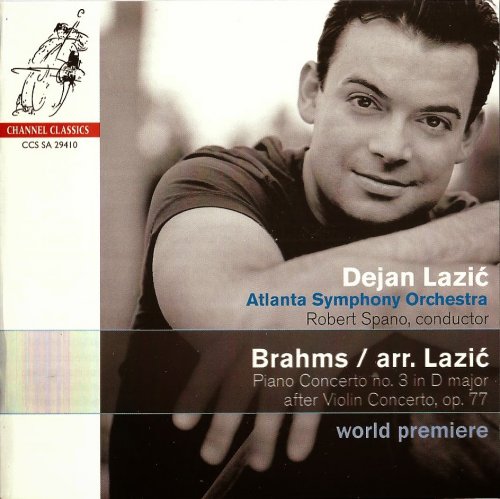
Artist: Dejan Lazić
Title: Brahms: Piano Concerto after Violin Concerto op. 77
Year Of Release: 2010
Label: Channel Classics
Genre: Classical
Quality: FLAC (image+.cue,log,scans)
Total Time: 01:06:05
Total Size: 239 Mb
WebSite: Album Preview
Tracklist: Title: Brahms: Piano Concerto after Violin Concerto op. 77
Year Of Release: 2010
Label: Channel Classics
Genre: Classical
Quality: FLAC (image+.cue,log,scans)
Total Time: 01:06:05
Total Size: 239 Mb
WebSite: Album Preview
Johannes Brahms (1833-1897)
01. Piano Concerto No.3 (after op.77) in D - I. Allegro non troppo [0:22:08.64]
02. Piano Concerto No.3 (after op.77) in D - II. Adagio [0:09:19.71]
03. Piano Concerto No.3 (after op.77) in D - III. Allegro giocoso [0:07:43.24]
04. Applause [0:00:28.51]
05. 2 Rhapsodies, op.79 - No.1 in B minor (Agitato) [0:09:07.66]
06. 2 Rhapsodies, op.79 - No.2 in G minor (Molto passionato) [0:06:22.57]
07. Scherzo in E-flat minor, op.4 [0:10:58.66]
Performers:
Dejan Lazić - piano
Atlanta Symphony Orchestra
Robert Spano – conductor
In the notes accompanying this recording, Dejan Lazic points to the transcriptions for keyboard of Bach's and Beethoven's violin concertos as inspiration for his own piano arrangement of Brahms' Violin Concerto. It is rare that something as large as a full concerto is arranged for a different instrument, but Lazic took on the challenge for two reasons: he loves the music and Brahms was a pianist who wrote as a pianist. Lazic went back to Brahms' correspondence with the violinist for whom he wrote the concerto, Joseph Joachim, in essence to reverse-engineer the soloist's part and rebuild it for the piano. Lazic's arrangement generally works well. There is nothing missing in terms of the melodies, harmonies, and emotion; anyone who is familiar with the Violin Concerto will immediately recognize this. Looking deeper, however, it seems like the contrapuntal nature of the piano isn't used to its full advantage often enough; in other words, there are numerous times when the left hand is just a note-for-note harmony of the right's melody. The pianistic writing of Lazic's cadenza and other passages could have been used even further to make the concerto sound more native to the instrument. Another detraction is when Lazic is obviously trying to imitate the articulation of the violinist's double- and triple-stops in declamatory passages. On the piano it comes out as choppy chords. Robert Spano and the Atlanta Symphony tend to stay out of Lazic's way, allowing the piano to take the spotlight, and the recording's sound is good, if slightly shallow. The disc is filled out with Lazic playing the solo Rhapsodies, Op. 79, and Scherzo, Op. 4, where the sound is closer, a little richer, and captures the nuances of his playing. On the whole, this is not recommended for the purists among Brahms' lovers and pianists, but it is of interest to those who are open to sampling other possibilities.
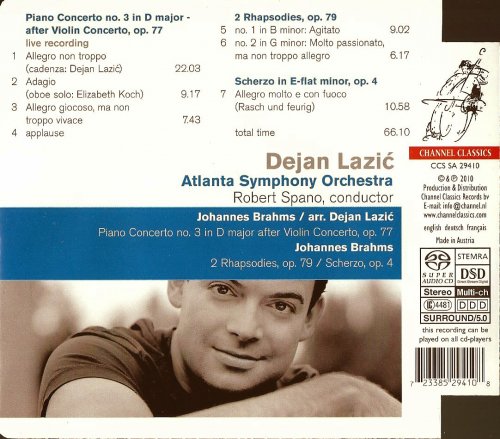
DOWNLOAD FROM ISRA.CLOUD
Dejan Lazić Brahms Piano Concerto after Violin Concerto 10 1608.rar - 239.1 MB
Dejan Lazić Brahms Piano Concerto after Violin Concerto 10 1608.rar - 239.1 MB
![John Abercrombie, Dave Holland & Jack DeJohnette - Gateway (1975/2025) [Hi-Res] John Abercrombie, Dave Holland & Jack DeJohnette - Gateway (1975/2025) [Hi-Res]](https://www.dibpic.com/uploads/posts/2025-12/1765471735_cover.jpg)
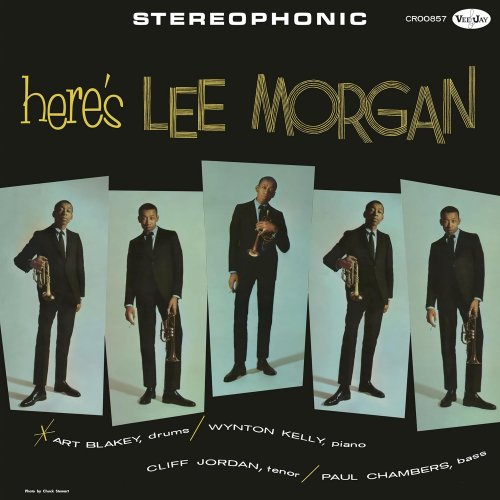
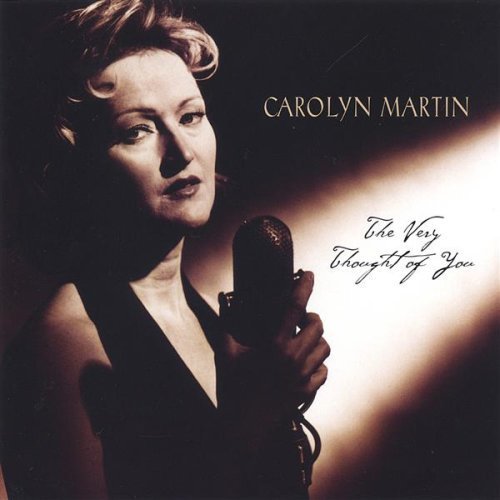
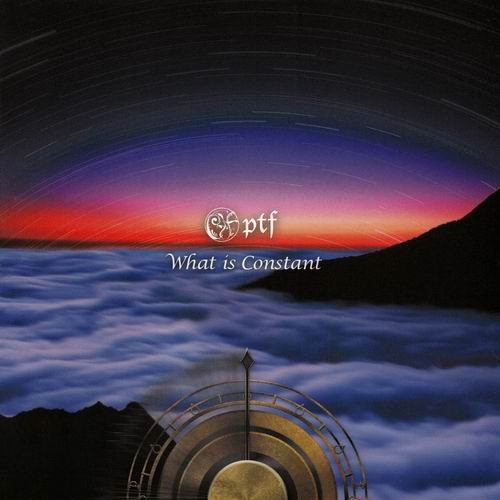
![Barend Tromp - Odd Time Concepts (2025) [Hi-Res] Barend Tromp - Odd Time Concepts (2025) [Hi-Res]](https://img.israbox.com/img/2025-12/10/xy47w1oe3bmesv2v1qwp5i0ce.jpg)
